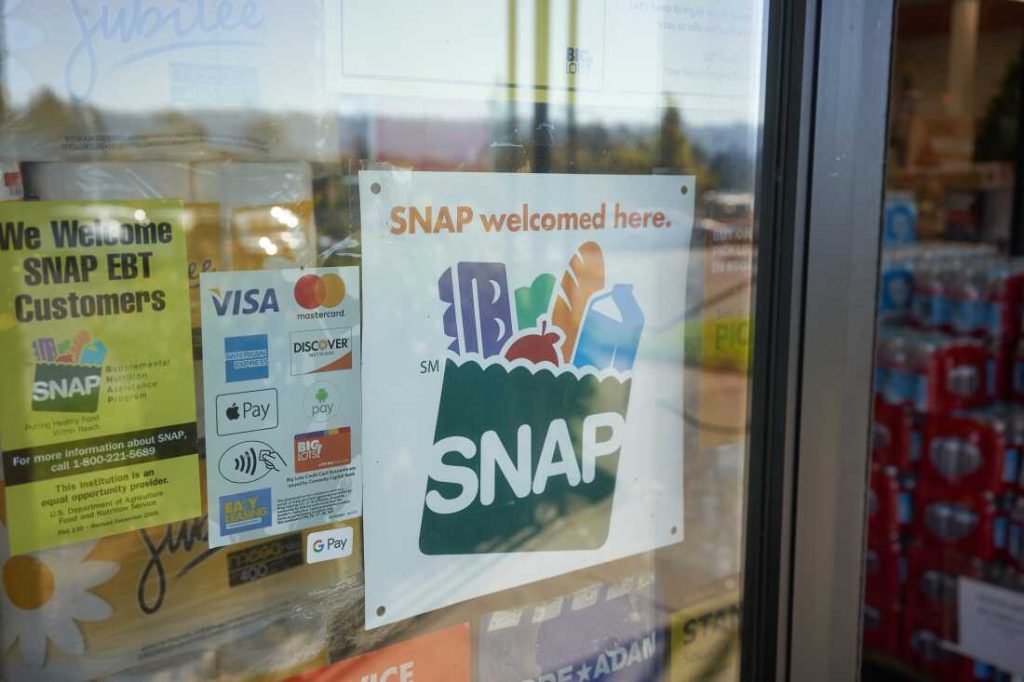
This scenario is unfolding in the shadow of a prolonged government shutdown and sweeping federal budget cuts, placing the country’s most effective anti-hunger program on precarious ground-and the weight of its possible collapse will not be felt equally. SNAP feeds one in eight Americans, but systemic inequities mean Black and Native communities stand to lose the most if benefits are halted or reduced.

1. A Lifeline Under Threat
For millions, SNAP is more than a monthly benefit; it’s the difference between eating and going hungry. In December 2024, more than 42 million people relied on it, with an average monthly benefit of about $189 a month per person. Nearly eight in 10 households that receive SNAP include a child, elderly adult, or person with a disability. Cuts to the program, coupled with new work reporting requirements, could push more than five million individuals off the rolls according to federal estimates.

2. Disproportionate Impact on Black Households
Black Americans make up only 13.7 percent of the American population but account for 25.7 percent of SNAP recipients-the largest overrepresentation of any racial group. That reflects centuries of systemic racism, from slavery and Jim Crow to discriminatory housing and labor policies, which have left Black families with far less accumulated wealth. Even today, the median Black household earns about $36,000 less than the median white household. Studies show that SNAP participation reduces food insecurity by approximately 30%, and among low-income households, food insecurity racial disparities disappear for households receiving benefits. Without SNAP, those disparities widen sharply.

3. Native Nations and Broken Promises
To many tribal nations, food assistance is a treaty right, not charity. But those obligations have been chronically underfunded and highly vulnerable to political stalemates. More than two-thirds of the trust and treaty responsibilities are funded through discretionary spending subject to vanishing in a shutdown. In 2024, one of the largest sources of mandatory spending owed to tribes came via SNAP.
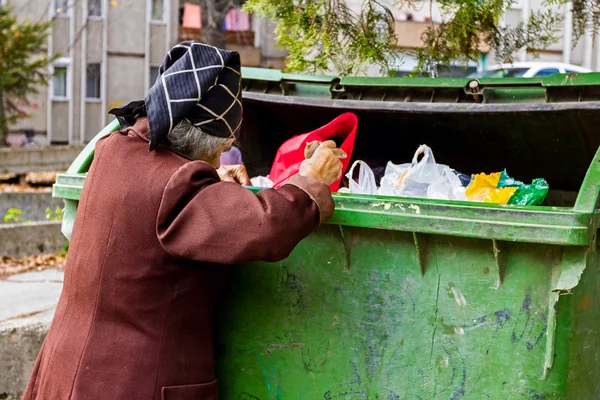
When those benefits stop, programs such as the Food Distribution Program on Indian Reservations can’t fully fill the gap-particularly when current rules bar dual participation. From the Spirit Lake Nation to the Shawnee Tribe, leaders have declared states of emergency, warning of rising hunger and impossible choices between food, heat, and medical bills.
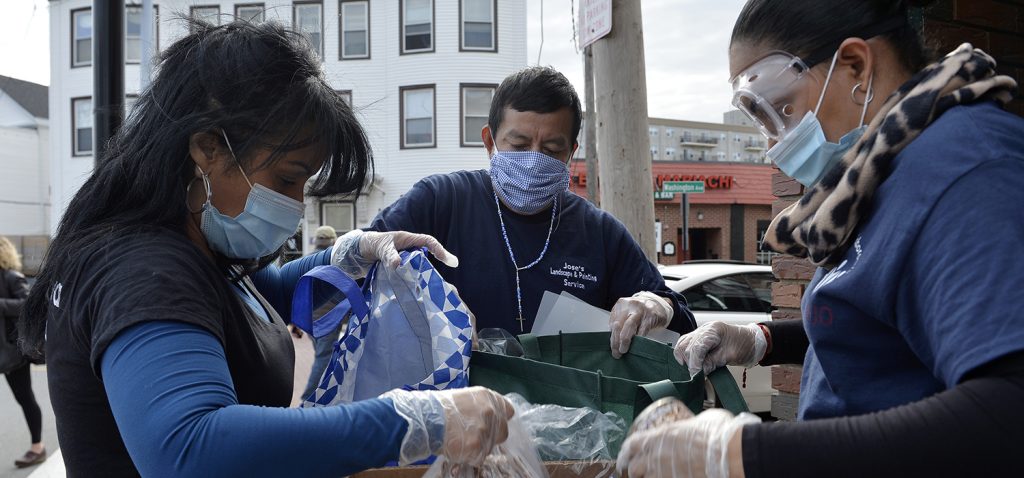
4. The Human Cost Behind the Numbers
The statistics are stark, but the lived reality is even harsher. In New York City, Willy Hilaire, 63, homeless and raising two grandchildren, often forgoes meals so that the children can eat. “I always tell them, ‘Grandpa is there for you. Whatever I have, I’ll give it to you,'” he said. For tribal leaders such as Chief Ben Barnes of the Shawnee Tribe, the fear is visceral: “What concerns me the most is little kids going without meals.”
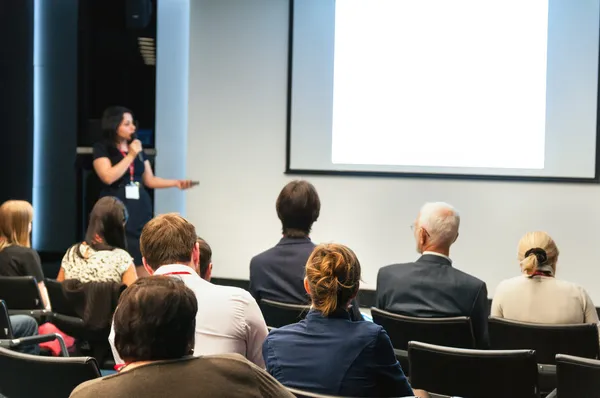
5. Misinformation and Offensive Stereotypes
Public discussion of SNAP is often muddled by myths. Viral social media posts have falsely asserted that the majority of its recipients are noncitizens or “living off the system.” In reality, nearly 90% of SNAP recipients are U.S.-born citizens, and the largest racial group on SNAP is white Americans. Two-thirds of all beneficiaries are children, seniors, or people with disabilities. These facts dismantle the “welfare queen” stereotype that has fueled stigma since the 1960s and obscured the program’s true role in keeping vulnerable households afloat.

6. A History of Structural Inequity
These racial disparities in SNAP reliance are rooted in long histories of exclusion and exploitation. From the theft of Indigenous lands and underfunded reservation infrastructure to redlining and discriminatory labor laws that excluded domestic and agricultural workers from key protections, federal policy has repeatedly limited economic opportunities for communities of color. These structural barriers have shaped present-day food insecurity rates-and make cuts to safety net programs especially devastating.

7. Community Resilience and Local Solutions
While congressional funding remains at an impasse, communities are taking action. In Rapid City, South Dakota, Lakota activist Natalie Stites Means has reinstated the Wotakuye Mutual Aid Society, which delivered food to more than 3,000 individuals during the pandemic. Foraging workshops led by educators like Luke Black Elk reconnect Native families to their traditional sources of food-from prairie turnips to chokecherries. Tribal governments with reserves are spending millions in emergency aid to replace lost benefits-something leaders caution is a temporary stopgap measure, not a sustainable solution.
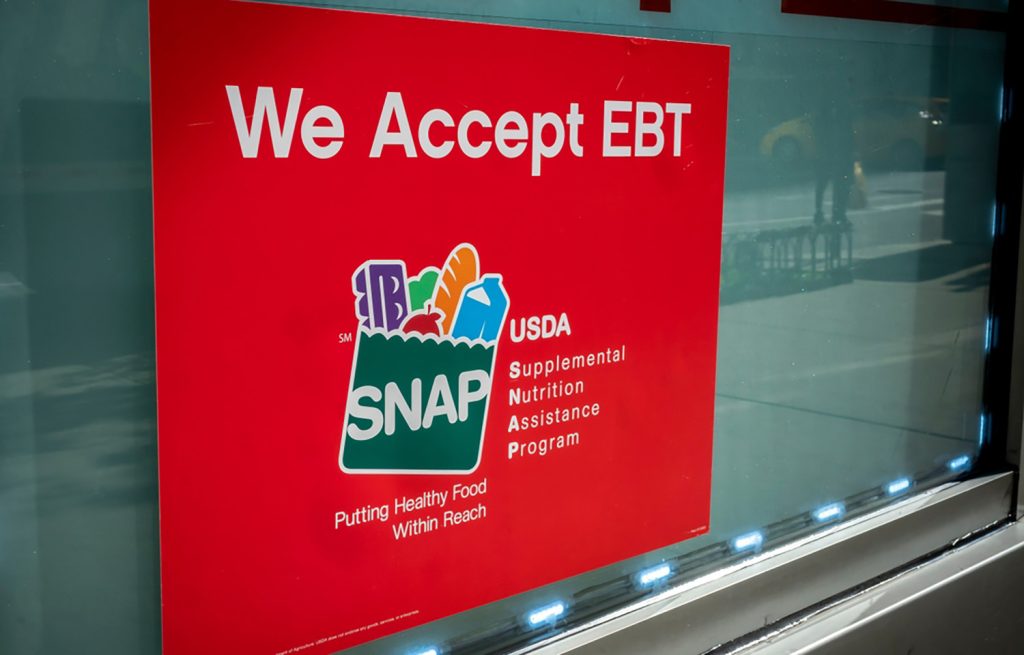
8. Why Policy Choices Matter
SNAP is more than a food program: It’s a tested reducer of poverty. It kept over three million people from falling into poverty in 2023, including over 800,000 Black Americans and 115,000 American Indian and Alaska Native people. Cuts won’t just increase hunger; they also will deepen racial and economic inequity. As one Brookings report underscored, the withholding of food assistance from tribes echoes historic policies of using hunger as a weapon-a reminder that the stakes are not only economic but moral. The path ahead will be through emergency relief and structural change: restoring and expanding benefits, smoothing out access, and meeting the economic and racial inequities at the root of programs such as SNAP. Until then, communities bear the brunt of holding the line against hunger as the safety net unravels.


